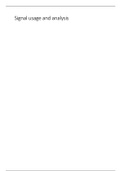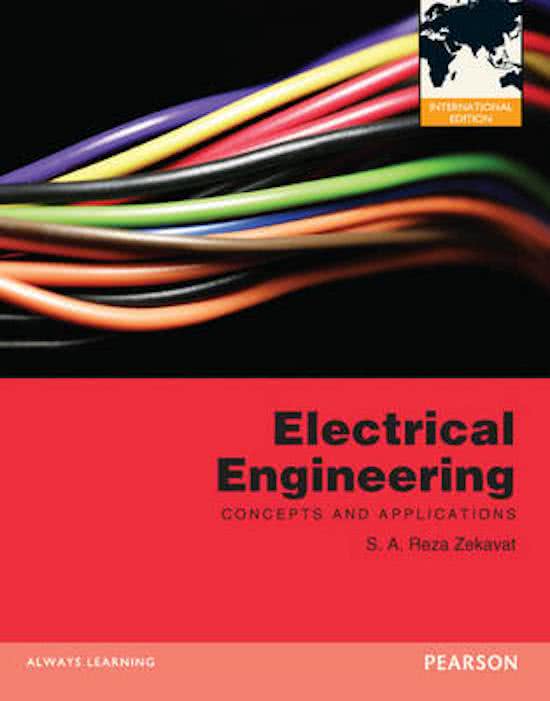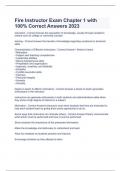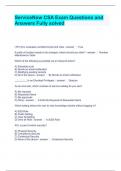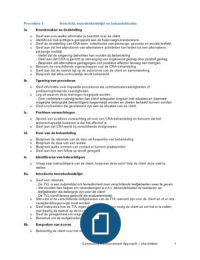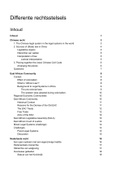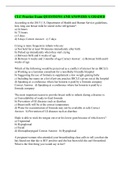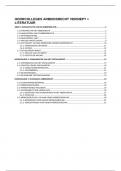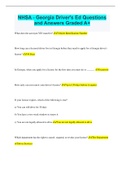Samenvatting
Signal usage and analysis samenvatting (boek en lectures)
- Instelling
- Hogeschool Van Amsterdam (HvA)
Samenvatting van het boek en de lectures van signal usage and analysis, dit vak wordt in het tweede jaar blok 7 van aviation gegeven. De stof wordt duidelijk in verhaal vorm uitgelegd (niet puntsgewijs).
[Meer zien]
